Posted:Mar 17, 2012
Tokyo Frontline 2012 & G-tokyo 2012
Two venues. Two art fairs. One weekend.
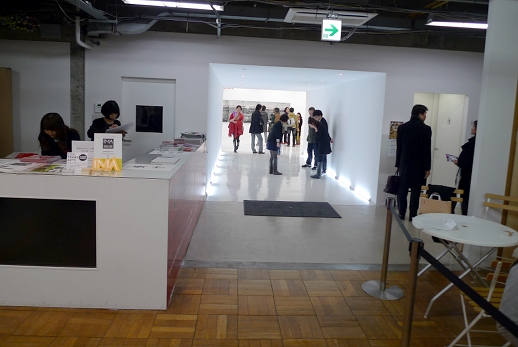
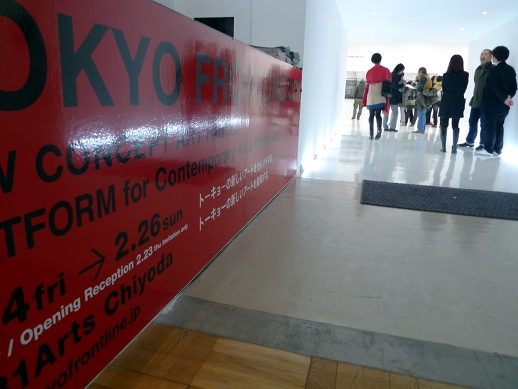
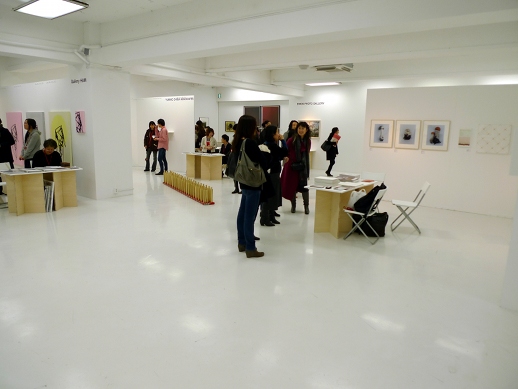
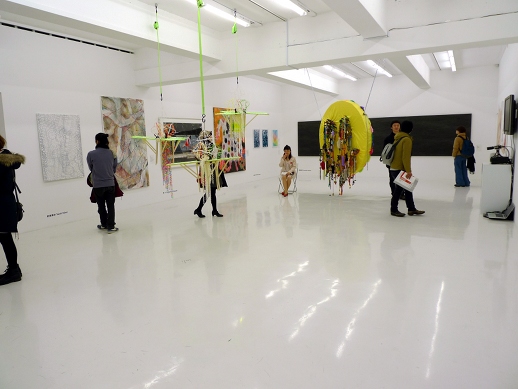
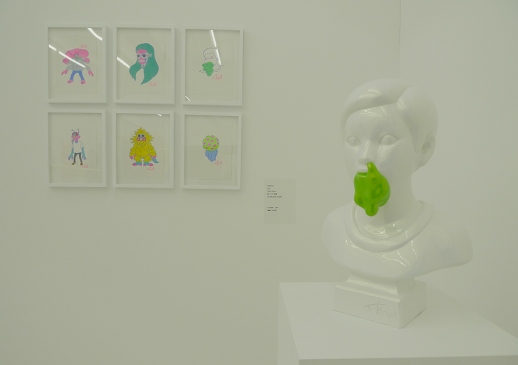
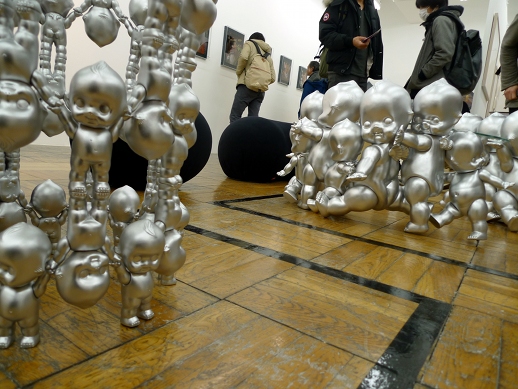

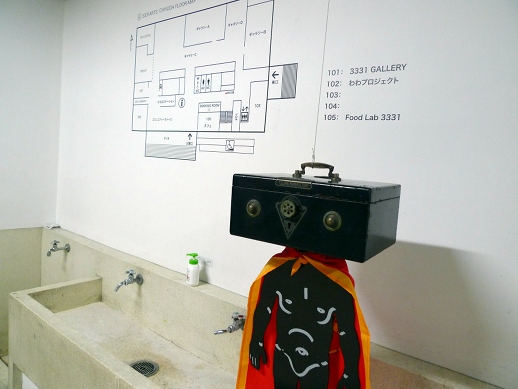
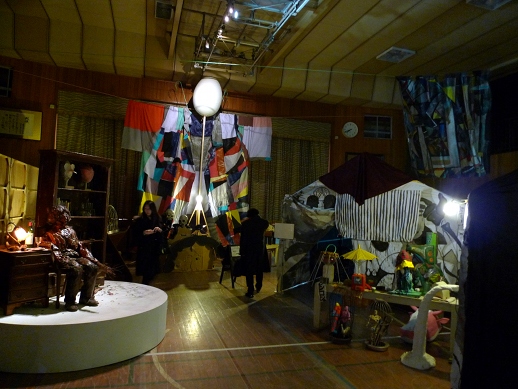
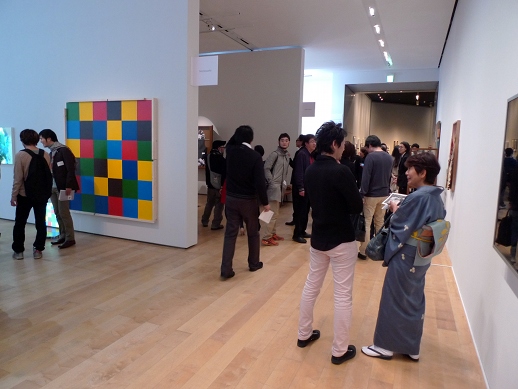
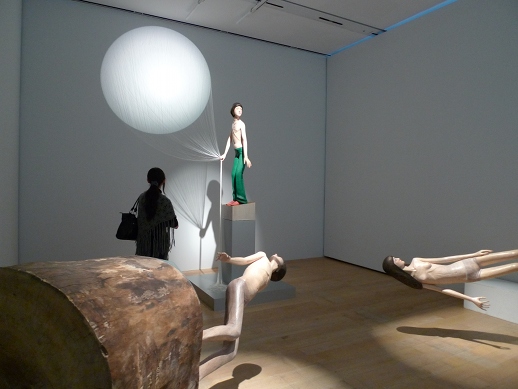
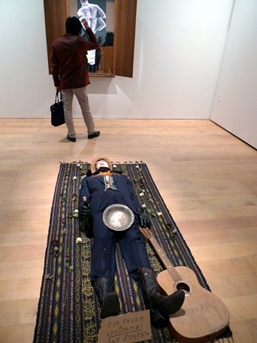
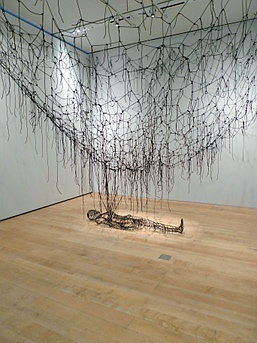
William Andrews
William Andrews
William Andrews came to Japan in 2004. He first lived in Osaka, where he was a translator for Kansai Art Beat. Arriving in Tokyo in 2008, he now works as an writer, editor and translator. He writes a blog about Japanese radicalism and counterculture and one about Tokyo contemporary theatre. He is the author of Dissenting Japan: A History of Japanese Radicalism and Counterculture, from 1945 to Fukushima.



